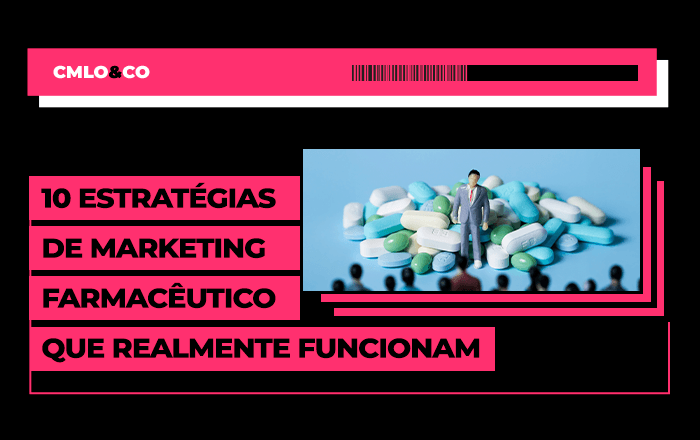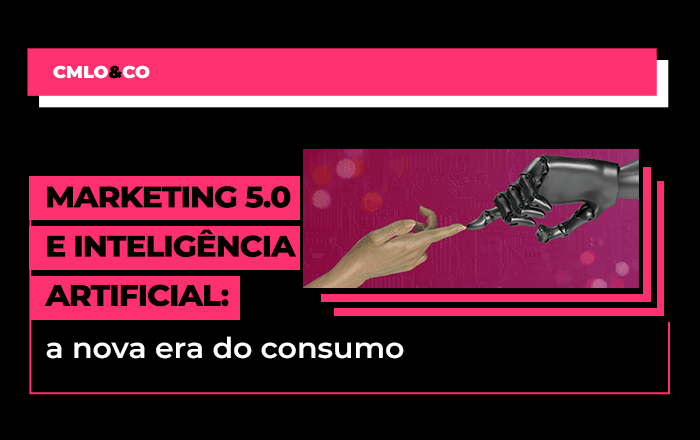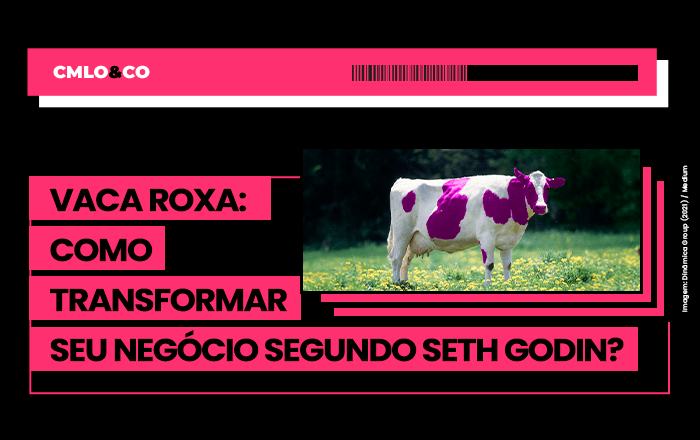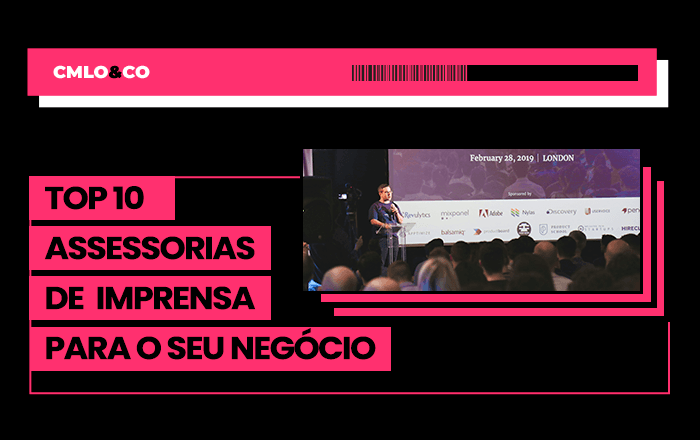In the world of digital marketing, understanding consumer behavior is fundamental to creating effective strategies that generate significant results. In this context, the marketing funnel plays an important role, as it allows companies to identify and understand the stages a potential customer goes through until they make a purchasing decision.
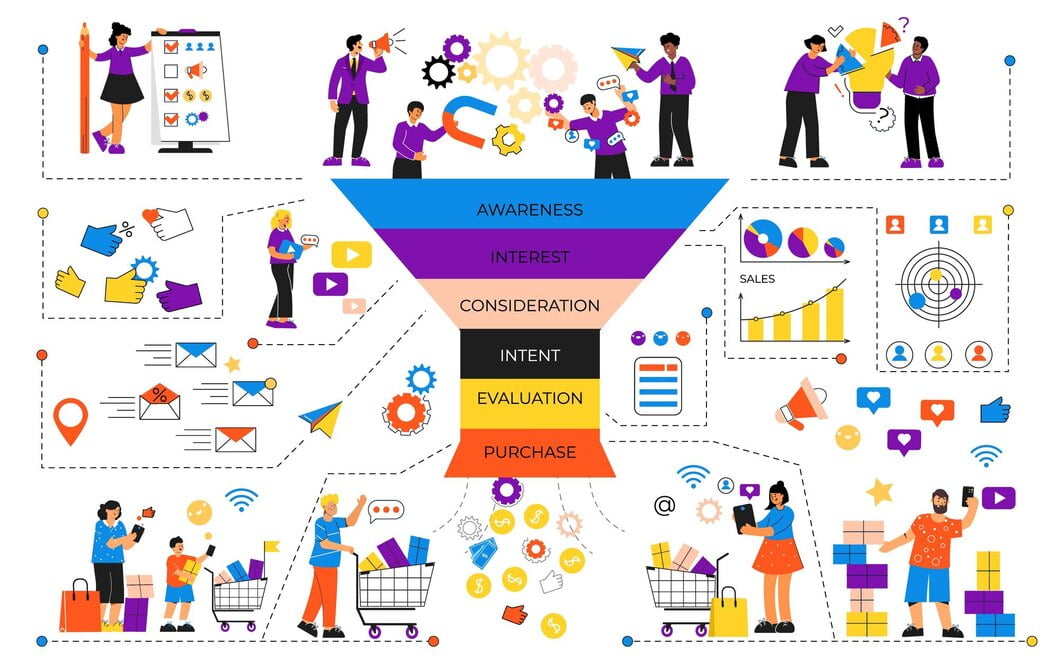
In this article, you will understand the concept of this strategic tool that helps guide the customer from the first contact with the brand and understand its many benefits for your business. Follow along!
Understanding the marketing funnel concept
The marketing funnel is a visual representation of the stages a consumer goes through from the moment they become aware of a brand or product until they decide to buy.
It is divided into different stages, which represent the customer's interactions with the brand and the opportunities for engagement along the buying journey.
What is it for?
In principle, the funnel serves to help marketers understand and map customer needs and behaviors at each stage of the buying journey, from first contact with the brand to conversion.
With this understanding, it is possible to create most effective strategies to attract, engage and convert leads into customers.
Stages of the marketing funnel
The marketing funnel generally consists of three main stages:
Top of the Funnel (ToFu)
In this phase, the consumer identifies a need or problem and starts looking for information to solve it. This is the discovery phase, where the brand must attract the public's attention and generate interest.
To attract your target audience, you can use content marketing strategies, SEO, social networks and advertising. Both strategies will generate qualified traffic to your website or blog and help the consumer better understand their problem and possible solutions.
Middle of the Funnel (MoFu)
Here, the consumer has already recognized the problem and is considering the options available. So it's time to educate the customer about the benefits of your product or service and show them how it can solve their problem.
To do this, interact with the public through e-mail marketing and newsletters, webinars and social networks, offering personalized and relevant content that highlights the benefits of your product or service.
In addition, present case studies, customer testimonials and product comparisons to help the consumer evaluate the options and make an informed decision.
Bottom of the Funnel (BoFu)
At this stage, the consumer is ready to make a purchasing decision. It's therefore time to convince them that your solution is the best option, presenting differentials, benefits and social proof.
To help with the conversion process, offer incentives such as discounts, promotions and guarantees, encouraging the consumer to make the purchase. However, make sure you make the whole process simple and intuitive.
After the conversion, keep the customer relations through loyalty programs, efficient customer support and regular communication to encourage future purchases and turn customers into brand advocates.

Advantages
Using the marketing funnel brings several advantages to companies that use the strategy, such as:
- Optimizing marketing strategy: understanding consumer behavior and their needs at each stage of the buying journey allows companies to create more effective and targeted campaigns;
- Increased conversion of leads into customers: by personalize communication and offers according to the stage of the funnel the consumer is in, you can increase the chances of conversion and close more sales;
- Improving the relationship with the customer: accompanying the customer throughout the purchasing journey, offering support and personalized communication, helps to build a solid and lasting relationship;
- Analysis and measurement of results: monitoring campaign performance at each stage of the funnel, identifying points for improvement, adjusting strategies and optimizing the sales process are practices facilitated by the use of a well-structured sales funnel, providing a clear and objective view of the performance and results achieved;
- Optimizing the sales process: clearly defining the stages, properly segmenting the target audience, personalizing the approach and using appropriate techniques and tools make it easier to manage sales, identify opportunities and maximize conversions, contributing to the growth and success of the business in the market.
Relationship between marketing funnel and customer buying journey
The marketing funnel and the customer buying journey are concepts that are closely related, as both represent the process that a consumer goes through from the moment they become aware of a brand or product until they make a purchasing decision.
Let's take a deeper look at this relationship and how they complement each other:
The buying journey
The customer buying journey refers to the path a consumer takes from recognizing a need or problem to making a purchase.
It is made up of different stages, which can vary according to the product or service in question and the consumer's behavior. These stages generally include:
- Awareness: when the consumer recognizes a need or problem and starts looking for information about possible solutions;
- Consideration: the moment when the consumer begins to research and evaluate the options available, comparing characteristics, benefits and prices;
- Decision: the moment when the consumer makes a purchasing decision, choosing the best option based on their needs, preferences and budget.
Representation in the marketing funnel
As we saw earlier, the marketing funnel is a visual representation of the stages a consumer goes through during their buying journey. It is divided into three main stages, which correspond exactly to the stages of the buying journey:
- Top of the Funnel (ToFu): corresponds to the problem awareness phase;
- Middle of the Funnel (MoFu): corresponds to the consideration phase;
- Bottom of the Funnel (BoFu): corresponds to the purchase decision phase.
Integration and alignment
The relationship between the marketing funnel and the customer buying journey is one of integration and alignment.
The funnel allows companies to understand the stages a consumer goes through during their buying journey and create personalized strategies for each stage of the process.
By mapping and segmenting the target audience, offering relevant and targeted content for each stage of the funnel and following the consumer throughout the entire journey, companies can improve communication, increase the engagement and maximize the chances of conversion.
Seamless integration between funnel and purchase journey also increases customer satisfaction, trust and loyalty to the brand, contributing to a long-lasting and mutually beneficial relationship.
How can you build the perfect marketing funnel for your company?
Setting up an efficient marketing funnel can be a big challenge, but with the right strategy, you can create an effective and optimized process. Below is a detailed step-by-step guide to help you with this mission:
1. Define your target audience
The first step is to identify and segment your target audience based on demographic, behavioral and interest characteristics. This will allow you to create more targeted and personalized messages and campaigns.
2. Map out the customer's buying journey and create relevant content for each stage
Then develop relevant, informative and engaging content for each stage of the marketing funnel, focusing on solving the problems and needs of your target audience and highlighting the benefits of your product or service.
3. Implement attraction strategies
After creating relevant content for each stage of the marketing funnel, use the right channels to distribute it to your audience.
Here, it's worth using social networks, e-mail marketing, landing pages and other strategies to attract the target audience to your website or blog.
4. Promote engagement and lead nurturing
In addition, it is important to establish an efficient process for communicating and nurturing leads. In this case, you can use automation tools and personalized content to educate, engage and guide the consumer through the marketing funnel.
5. Invest in conversion and loyalty strategies
Finally, offer incentives, facilitate the purchasing process and maintain the relationship with the customer after conversion, using loyalty strategies, customer support and regular communication.
Also, be sure to analyze and optimize the funnel whenever necessary, based on the data collected.
Conclusion
As you've seen in this article, the marketing funnel is an essential tool for understanding and tracking the consumer buying journey, allowing companies to create personalized and effective strategies to engage, educate and convert consumers into customers.
However, setting up an efficient funnel can be a challenge, but with CMLO&CO's help, the whole process becomes more practical and delivers the best results.
With more than a decade of experience in marketing and advertisingCMLO&CO is the ideal partner to help your company create and implement a customized and optimized marketing funnel, boosting the growth and success of your business in the market. Talk to our communications professionals.


